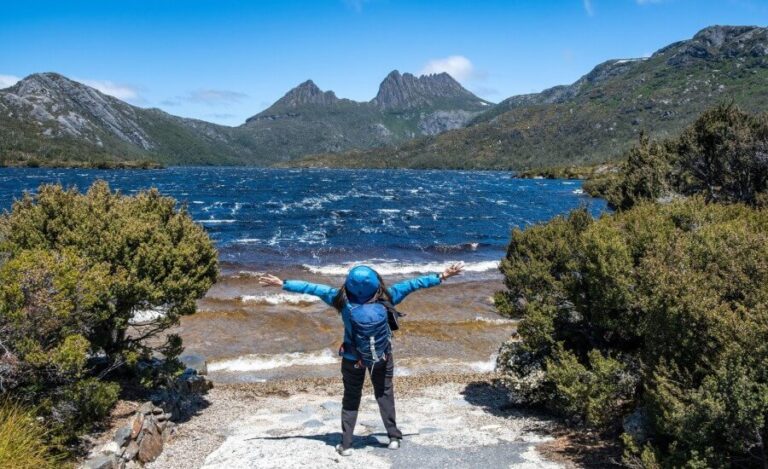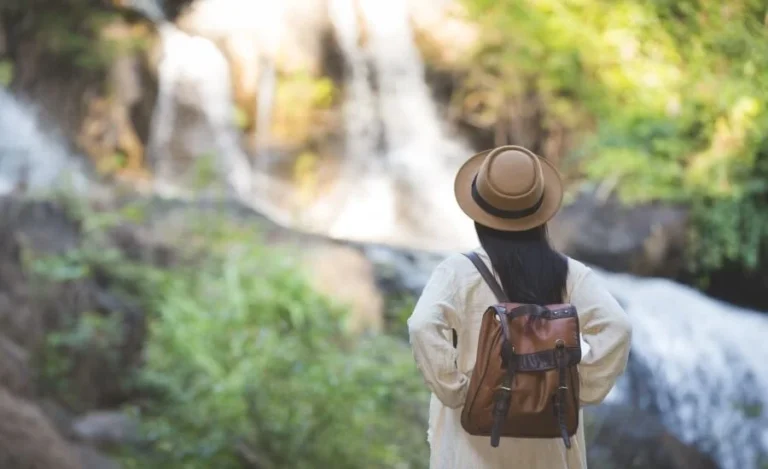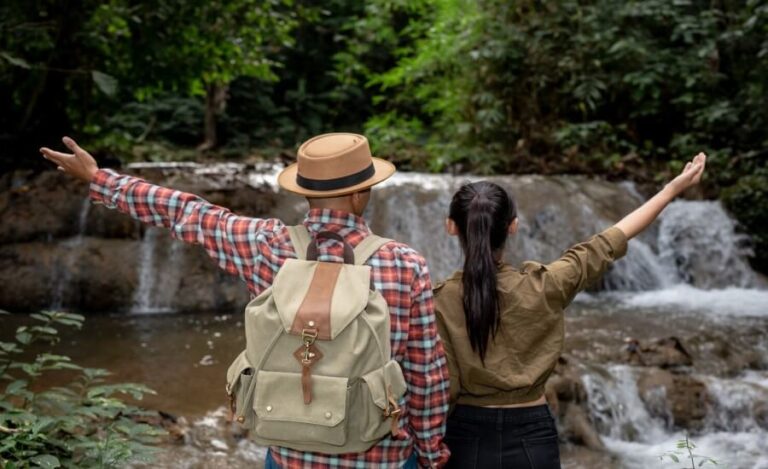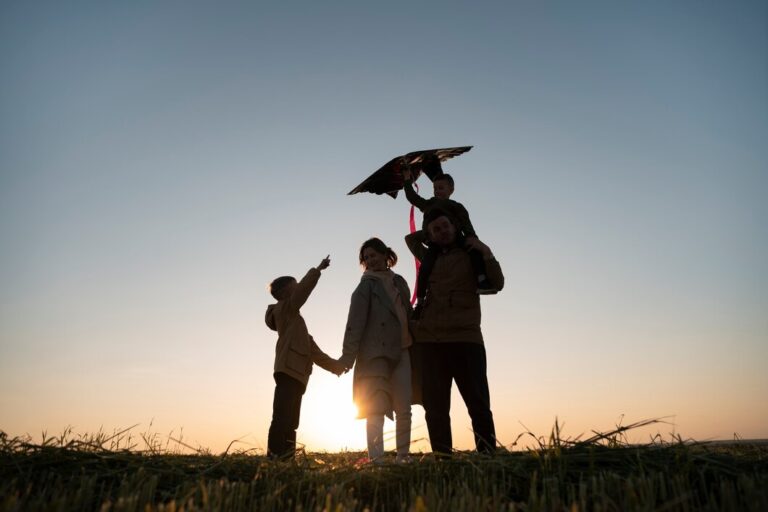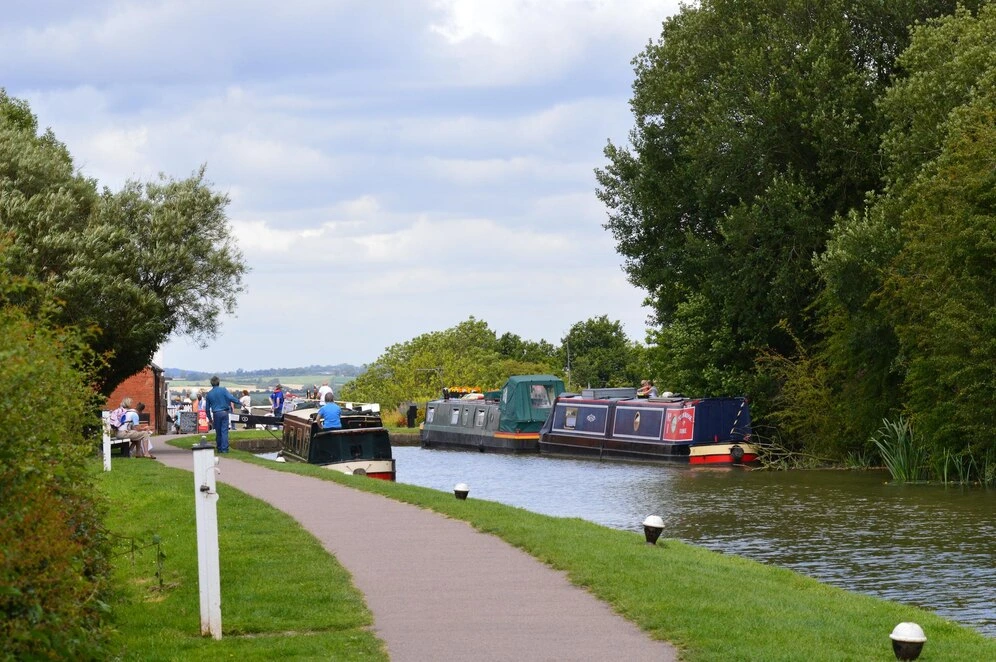
Imagine exploring Europe. Does your mind jump to whirlwind city tours, high-speed train connections, and ticking off landmarks from a packed itinerary? While exciting, this rapid pace can sometimes feel like skimming the surface, leaving you breathless rather than restored. Contrast that with a different vision: gliding gently along a tree-lined canal at walking pace, the loudest sounds being birdsong and the gentle lapping of water against the hull. Picture mooring beside a sleepy medieval village, buying fresh bread from the local boulangerie, and watching the world drift by from the deck of your own floating home.
This is the world of slow boating – a profoundly mindful and increasingly popular way to experience the continent’s rich history, culture, and landscapes via its intricate network of canals and rivers. This guide delves into Europe’s Hidden Waterways: A Guide to Slow Boating in Europe, exploring how this unhurried mode of travel offers a unique opportunity to disconnect from the digital deluge, reconnect with nature and simple rhythms, and discover a side of Europe often missed by those rushing by on land. Prepare to cast off your preconceptions and drift into a different state of mind.
What is Slow Boating? Drifting into a Different Pace

Slow boating, in this context, refers to traveling leisurely on Europe’s inland waterways – canals and navigable rivers – typically aboard self-drive hire boats like narrowboats (common in the UK), peniches (larger barges, often seen in France), or smaller motor cruisers. The defining characteristic is the deliberately unhurried pace, usually limited to walking speed (around 3-4 mph or 5-6 km/h). This isn’t about getting somewhere quickly; it’s about savoring the journey itself.
These boats are essentially floating holiday cottages, equipped with sleeping quarters, a galley (kitchen), bathroom facilities, and living space. Renting them typically requires no prior boating experience or special license for most European waterways; hire companies provide thorough instruction before you set off. The journey unfolds organically as you navigate between villages, towns, and stretches of countryside, mooring where you please (within designated rules) and operating locks to change water levels.
It’s a mode of travel that fundamentally shifts your relationship with time and distance. A ‘day’s travel’ might cover only 10-15 miles, but encompass navigating several locks, crossing aqueducts, passing through tunnels, stopping for lunch in a picturesque spot, and waving to fellow boaters and towpath walkers. Progress is measured in experiences, not just miles. It encourages a simpler, more self-sufficient way of living, dictated by daylight hours, waterway conditions, and the simple pleasures of life aboard.
Casting Off Connections: The Joy of Unplugging on the Water

The very nature of slow boating makes it an ideal setting for a digital detox and a deep dive into mindful presence. The gentle pace, the need for focused observation, and the often patchy connectivity along rural waterways create a natural barrier against the constant intrusions of the digital world.
Forced Deceleration: You simply cannot rush on a canal. The speed limits and the time required to operate locks impose a slow rhythm. This enforced deceleration naturally calms the nervous system and encourages you to sync with the gentle pace of your surroundings, leaving the frantic energy of hyper-connectivity behind. The boat becomes a floating mindfulness bell.
Engaged Observation is Essential: Navigating requires paying close attention – reading the water, spotting channel markers, steering accurately, watching for other boats, preparing for locks and bridges. This practical need for focused awareness keeps you grounded in the present moment, observing your environment intently in a way that passive travel rarely demands. Your focus shifts from screen to scenery.
Limited Connectivity as a Blessing: While mobile signal and Wi-Fi are improving, many stretches of Europe’s historic waterways still offer limited or non-existent connectivity. Instead of viewing this as an inconvenience, embrace it as an opportunity. It’s a forced break from emails, notifications, and endless scrolling, freeing up mental bandwidth for conversation, reading, observation, or simply being.
Reconnecting with the Real World: Life on the water is tangible. You feel the vibration of the engine, the resistance of the tiller, the satisfying clunk of lock mechanisms. You interact directly with the environment – mooring ropes, lock paddles, the water itself. This tactile reality is a powerful antidote to the often-disembodied experience of online life. Have you noticed how real-world tasks can feel meditative compared to screen-based ones?
Europe’s Hidden Waterways: A Guide to Slow Boating Sanctuaries

While iconic waterways like the Canal du Midi in France or the canals of Venice and Amsterdam attract many, Europe is crisscrossed with thousands of miles of lesser-known but equally enchanting canals and rivers perfect for a peaceful slow boating escape. Here are just a few examples:
France’s Gentle Canals (Beyond the Midi)
- Canal de Bourgogne (Burgundy): Winds through rolling vineyards and historic towns like Dijon and Auxerre. Offers stunning scenery, charming lock-keeper cottages, and, of course, superb wine tasting opportunities nearby.
- Canal de la Marne au Rhin (Alsace/Lorraine): Features dramatic scenery, including passage through tunnels and impressive boat lifts like the Saint-Louis-Arzviller inclined plane. Connects Nancy with Strasbourg, passing through forested hills and picturesque villages.
- River Lot (South West France): Less crowded than the Midi, this river offers dramatic cliffs, medieval villages clinging to hillsides (like Saint-Cirq-Lapopie), caves, and beautiful swimming spots. Requires slightly more boating experience than some canals.
UK’s Historic Narrowboat Routes
- Llangollen Canal (Wales/England): Famous for the breathtaking Pontcysyllte Aqueduct (‘Stream in the Sky’) carrying the canal high above the River Dee valley. Offers stunning Welsh border scenery and charming towns.
- Kennet and Avon Canal (West Country): Connects Bristol to Reading, passing through beautiful Bath, gentle countryside, and featuring the impressive Caen Hill Flight of locks (29 locks in quick succession!).
- Caledonian Canal (Scotland): Cuts across the Scottish Highlands, linking lochs including Loch Ness. Offers dramatic mountain scenery, historic castles, and a different style of boating (wider canal, larger locks).
Dutch Charm & German Lakes
- Friesland Lakes (Netherlands): A vast network of interconnected lakes and canals in the north, perfect for exploring charming villages, windmills, and enjoying open water cruising alongside traditional sailing barges.
- Canals around Utrecht/Leiden (Netherlands): Explore quieter, picturesque canals offering a glimpse into Dutch life away from the bustle of Amsterdam.
- Mecklenburg Lake District (Germany): Often called the “Land of a Thousand Lakes,” this extensive network northeast of Berlin offers pristine nature reserves, clear waters for swimming, forests, and peaceful anchorages.
Other Idyllic Waterways
- Belgium: Explore the peaceful canals linking historic cities like Bruges and Ghent, venturing into the quieter Flemish countryside.
- Ireland: The Shannon-Erne Waterway connects the two major river systems, offering passage through lush green landscapes, numerous loughs (lakes), and welcoming waterside pubs.
Key point: Research specific regions based on your interests (history, nature, wine, engineering marvels) and desired level of tranquility. Guidebooks and hire company websites offer detailed information.
The Art of Slow Navigation: Locks, Knots, and Mindful Piloting
Operating a boat and navigating locks might seem daunting initially, but it quickly becomes a rewarding, almost meditative part of the slow boating experience. Hire companies provide essential training, and the process itself encourages teamwork and mindful attention.
Steering with Presence: Steering a long canal boat requires gentle, deliberate movements and constant observation of the water ahead, the banks, and the wind. It’s about anticipation and subtle correction, not sharp reactions. Feeling the boat respond becomes an exercise in focused awareness.
Mastering the Locks: Locks are ingenious devices for raising or lowering boats between different water levels. The process typically involves:
- Approaching slowly and assessing if the lock is set for you.
- Entering the lock chamber carefully.
- Securing the boat with ropes (looped, not tied hard) to sliders or bollards inside the lock.
- Closing the gates behind you.
- Slowly opening the ‘paddles’ (sluices) on the opposite set of gates to let water in (going up) or out (going down).
- Adjusting ropes as the water level changes.
- Opening the gates ahead once the level is equalized.
- Exiting slowly. Operating locks requires teamwork, patience, and following a clear sequence. It becomes a satisfying ritual, often involving brief chats with lock-keepers (where present) or other boaters.
Essential Knots & Mooring: You’ll learn a couple of simple, effective knots for mooring securely alongside the towpath or at designated spots. Choosing a mooring involves assessing depth, bank condition, and proximity to desired amenities (village shop, pub, water tap). Mooring becomes a mindful decision about where to pause your journey.
Reading the Waterway: Use physical waterway guides (like Nicholson Guides in the UK or Navicarte in France) alongside visual observation. These maps show locks, bridges, tunnels, water points, pubs, shops near the canal, hazards, and mooring spots. Learn to interpret the signs and symbols on the map and match them to the real world.
Life Aboard: Simple Living and Waterside Presence

Life on a slow boat encourages a return to simpler rhythms and fosters a deep appreciation for your immediate surroundings. The compact living space necessitates mindful organization, and the slow pace invites you to savor everyday moments.
The Rhythm of the Day: Days often start with the gentle sounds of water and wildlife. Making coffee, planning the day’s short cruise using a physical map, casting off lines – these become mindful morning rituals. Cruising time is interspersed with lock operations, perhaps a stop for lunch moored in the countryside, or an afternoon stroll into a waterside village. Evenings might involve cooking a simple meal aboard, reading, playing cards, or enjoying the sunset from the deck. Time stretches and slows down.
Connecting with Nature: You are immersed in nature. Watch herons fishing patiently, kingfishers flashing blue, ducks escorting your boat. Notice wildflowers along the towpath, the changing trees, the reflections on the water. The boat becomes a slow-moving wildlife hide.
Simple Pleasures: Enjoy brewing tea while cruising, waving to passersby on the towpath, the satisfaction of navigating a tricky section, finding the perfect quiet mooring for the night, cooking with local ingredients bought from a village market. Life’s joys are distilled into these small, present moments.
Waterside Communities: Engage with the unique culture of the waterways. Chat with other boaters at locks or moorings. Visit traditional pubs and cafes frequented by locals and boaters alike. Explore the history embedded in the canals themselves – the old bridges, tunnels, warehouses, and museums telling stories of the industrial age they once served.
Common Concerns & Solutions for Slow Boaters

Embarking on your first slow boating adventure can bring up practical questions and anxieties. Here’s how to navigate them:
Concern 1: Is it difficult to steer the boat and operate the locks? I have no experience!
- Solution: Hire companies specialize in first-timers! They provide thorough instruction on boat handling, safety, and lock operation before you leave the base. The boats are designed for easy handling at slow speeds. Locks require following steps methodically, not brute force. Start on an ‘easy’ route with fewer locks if concerned. Teamwork helps!
Concern 2: Isn’t renting a boat expensive?
- Solution: Costs vary by boat size, season, and location. However, when you factor in that the boat is both your transport and accommodation, and allows for self-catering, it can be comparable to or even cheaper than conventional holidays involving hotels, car rentals, and restaurant meals, especially for families or groups sharing a boat. Look for off-season deals.
Concern 3: What about bad weather?
- Solution: Pack waterproofs! Boating continues in light rain. In very strong winds or heavy storms, it’s wise (and sometimes required) to moor up safely and wait it out. Build flexibility into your schedule. Cozying up inside the boat with a book while the rain drums on the roof can be part of the experience.
Concern 4: How do we find safe places to moor overnight?
- Solution: Waterway guides and maps indicate designated visitor moorings (often near villages, pubs, or facilities). You can often moor along towpath sections unless signs prohibit it (check local rules). Look for sturdy mooring posts or rings. Avoid mooring near locks, bridges, or sharp bends. Common sense and courtesy prevail.
Concern 5: Will I be totally cut off? What if I need connectivity?
- Solution: Embrace the disconnect as much as possible! But if needed, mobile signal is often available near towns and villages, though patchy in rural stretches. Plan accordingly – download essential info beforehand. Some hire bases or marinas offer Wi-Fi. View patchy connectivity as part of the ‘getting away from it all’ appeal.
Before You Go Checklist: Slow Boating Europe Edition

Prepare for your gentle voyage with this focused checklist:
- Book Your Boat & Route: Choose hire company, boat size, waterway region, and dates. Confirm booking.
- Study Your Route: Obtain and review the relevant waterway map/guidebook (e.g., Nicholson, Navicarte). Get a general sense of distances, locks, key towns/villages.
- Practical Clothing: Pack layers, comfortable non-slip shoes (essential for wet decks!), waterproof jacket & trousers, sun hat, sunglasses. Avoid bulky suitcases; soft bags are easier to store.
- Gloves: Sturdy work/gardening gloves are highly recommended for handling ropes and lock mechanisms.
- Food & Drink: Plan initial provisions. You can shop at waterside villages along the way. Bring reusable water bottles, maybe a thermos.
- Onboard Essentials: Check what the hire company provides (bedding, towels, kitchen equipment). Pack personal toiletries, medications, basic first-aid kit.
- Analog Entertainment: Books, travel journal, sketchbook, playing cards, portable board games. Maybe binoculars for wildlife.
- Navigation Tools: Ensure you have the physical map/guide for your route. A compass is generally not needed for canal cruising.
- Safety Briefing: Pay close attention during the handover and instruction provided by the hire company. Ask questions!
- Tech Prep: Download offline maps/info ONLY as emergency backup. Charge phone but plan for limited use/charging opportunities. Inform contacts of limited connectivity. Traditional watch useful.
- Mindset: Pack patience, flexibility, teamwork spirit, curiosity, and readiness to slow down.
Finding Flow on Europe’s Waterways

In a world accelerating at breakneck speed, the quiet canals and rivers of Europe offer a vital counterpoint – an invitation to slow down, simplify, and rediscover the profound peace found in gentle momentum and mindful observation. Slow boating is more than a vacation; it’s a moving meditation, a way to explore stunning landscapes and historic villages from a unique, water-level perspective, all while gently disconnecting from the demands of modern life.
You’ve navigated the concept of slow boating, understood its benefits for mindful presence and digital disconnection, explored some of the continent’s hidden waterway gems, and learned the practical arts of lock operation and life aboard. Concerns about handling the boat or finding your way have been met with reassurance and analog solutions. The gentle rhythm of the water, the need for focused attention, the simple pleasures of mooring in a new place each night – these elements combine to create an exceptionally restorative and enriching travel experience.
Are you ready to trade highways for towpaths, deadlines for drift time, and constant connectivity for genuine connection with nature and place? Consider exploring Europe’s hidden waterways on your next adventure. Choose your canal, gather your crew (or embark solo), embrace the slower pace, and allow the gentle flow of the water to guide you not just through landscapes, but towards a calmer, more present state of being. The journey truly is the destination.
